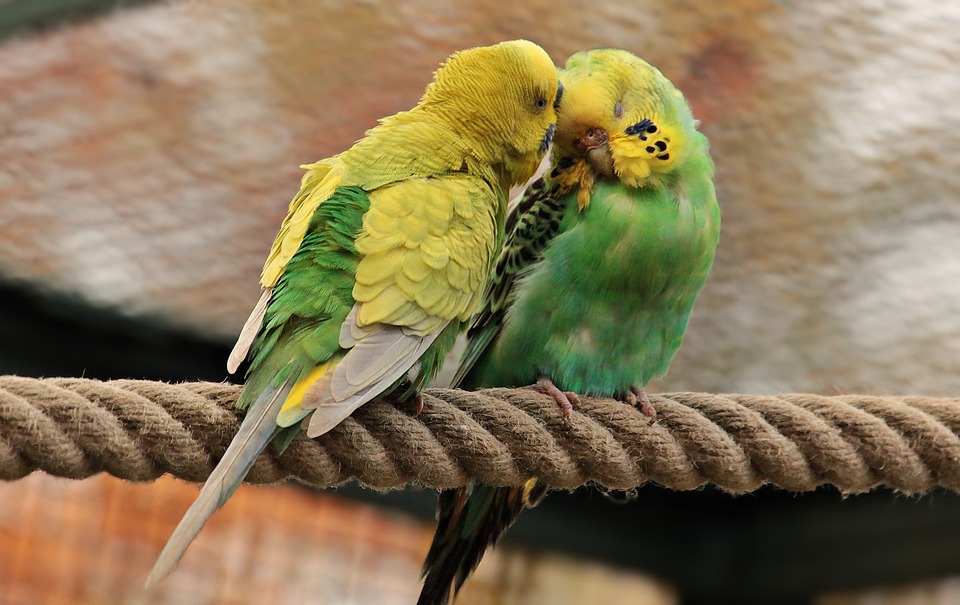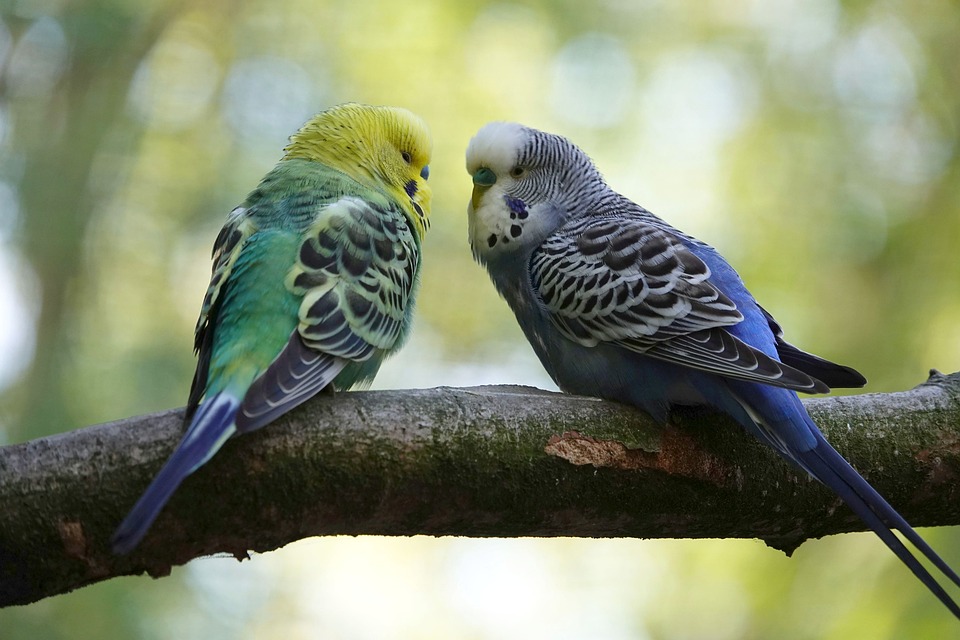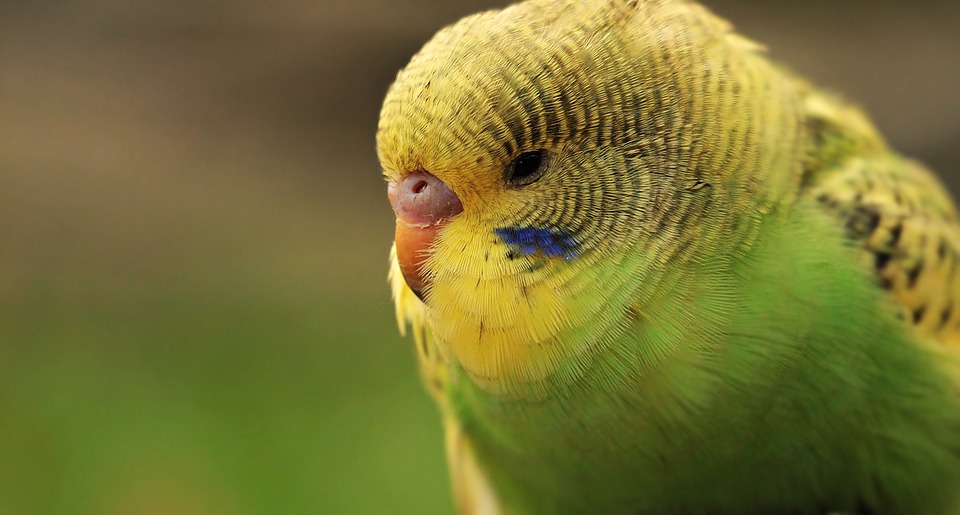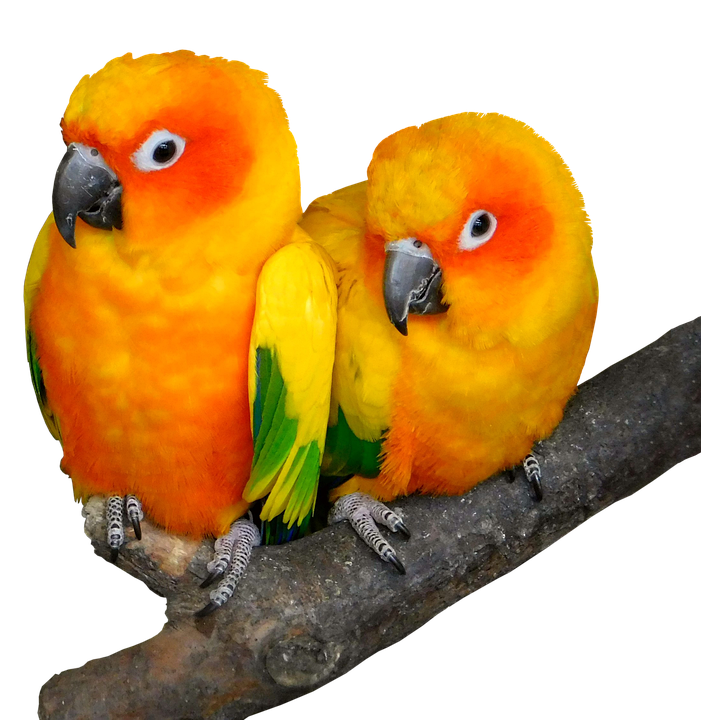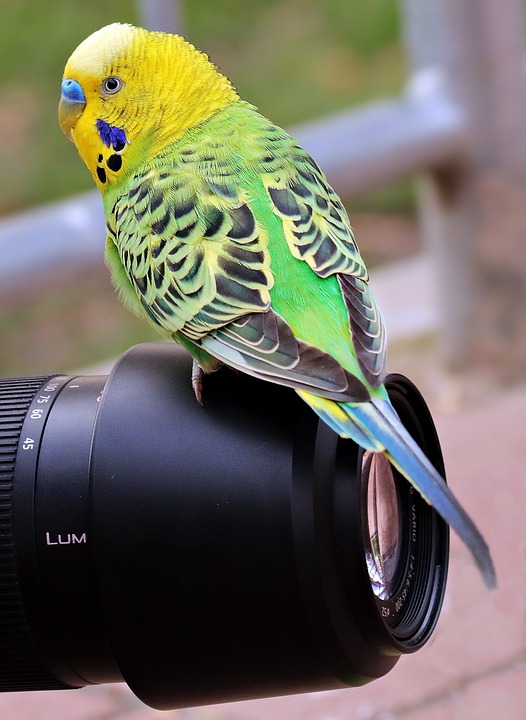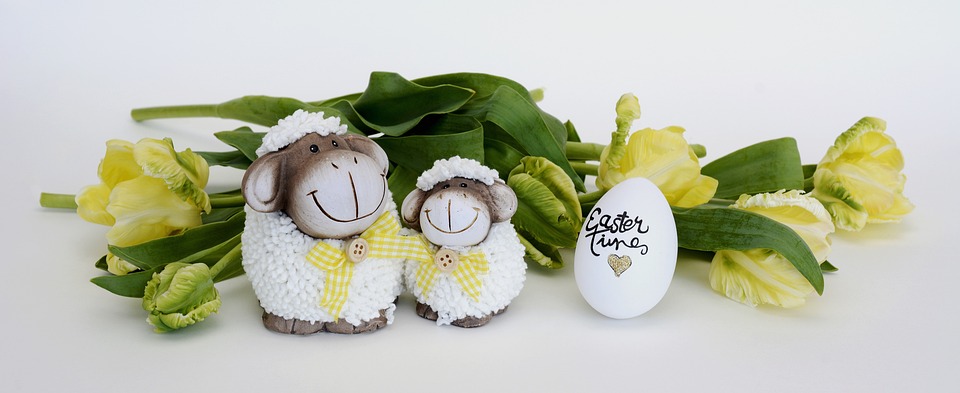Grooming is an essential aspect of parrot care, promoting their physical health and maintaining their beautiful feathers. However, many parrots can become anxious and exhibit behaviors like biting, screaming, or resisting grooming sessions. By employing positive reinforcement techniques, you can create a calm and cooperative environment for your parrot during grooming, ensuring their well-being and strengthening the bond between you and your feathered friend.
Understanding Parrot Behavior during Grooming
The first step in using positive reinforcement during grooming is understanding parrot behavior. Recognizing grooming-related anxiety in parrots is crucial in addressing their fears and concerns. Common behavioral issues during grooming sessions include biting, screaming, attempting to escape, or refusing to cooperate.
The Power of Positive Reinforcement
Positive reinforcement is a training technique that rewards desired behaviors, making them more likely to reoccur in the future. By using positive reinforcement during grooming, you can help your parrot associate the experience with positive outcomes and reduce their anxiety. This technique focuses on rewarding calm behaviors and ignoring or redirecting unwanted behaviors.
Preparing the Environment
Creating a safe and comfortable grooming space is essential for promoting calm behavior. Make sure the room is quiet and free from distractions. Use familiar objects and routines to reduce stress, such as playing calming music or providing your parrot with their favorite toys.
Introducing the Concept of Positive Reinforcement
Choosing the right rewards for your parrot is crucial for effective positive reinforcement. Determine what motivates your parrot, whether it’s a favorite treat, praise, or a special toy. Associate these rewards with calm behaviors during grooming, such as allowing you to touch their feathers or staying still during nail trims.
Training Techniques for Calm Behaviors
Implement a step-by-step training process for grooming sessions. Start with short sessions and gradually increase the duration as your parrot becomes more comfortable. Use positive reinforcement to reward small steps of progress, such as allowing you to hold their wing for a few seconds.
Encouraging trust and cooperation through positive reinforcement is essential. Use a gentle and patient approach, ensuring your parrot feels safe and secure during the grooming process. Remember to always end each session on a positive note, rewarding your parrot for their cooperation.
Common Challenges and Solutions
Dealing with fear or aggression during grooming can be challenging. If your parrot displays aggression, it’s important to prioritize safety. Consult an avian behaviorist or a veterinarian experienced in bird behavior to identify the underlying causes and develop a tailored plan to address the aggression.
Resistance to specific grooming tasks is another common challenge. If your parrot refuses to cooperate with certain tasks, break them down into smaller steps and reward progress along the way. Gradually increase the difficulty level as your parrot becomes more comfortable.
FAQs
1. How long does it take for positive reinforcement techniques to show results?
Positive reinforcement techniques may yield different results depending on your parrot’s individual personality, previous experiences, and the consistency of your training efforts. Generally, with patience and dedication, you can start seeing improvements in your parrot’s behavior within a few weeks.
2. What if my parrot becomes aggressive during grooming despite using positive reinforcement?
If your parrot displays aggression during grooming, it’s important to prioritize safety. Consult an avian behaviorist or a veterinarian experienced in bird behavior to identify the underlying causes and develop a tailored plan to address the aggression. They can provide professional guidance to ensure both you and your parrot stay safe.
3. Can positive reinforcement be used for all parrot species?
Positive reinforcement techniques are effective for most parrot species. However, it’s crucial to understand the unique characteristics and natural behaviors of your parrot’s species to tailor the training accordingly. Some parrot species may require specific adjustments or additional training techniques to achieve the desired results.
4. Are there any grooming tasks that should be avoided?
Certain grooming tasks, such as trimming flight feathers or beak maintenance, require specialized skills and should be performed by professionals. It’s essential to consult an avian veterinarian or an experienced bird groomer to ensure these tasks are carried out safely and without causing harm to your parrot.
Conclusion
Using positive reinforcement techniques during grooming can transform a potentially stressful experience into a calm and cooperative bonding opportunity with your parrot. By understanding parrot behavior, creating a positive environment, and employing consistent training techniques, you can promote calm behaviors, enhance your parrot’s well-being, and strengthen your relationship with your feathered companion.


